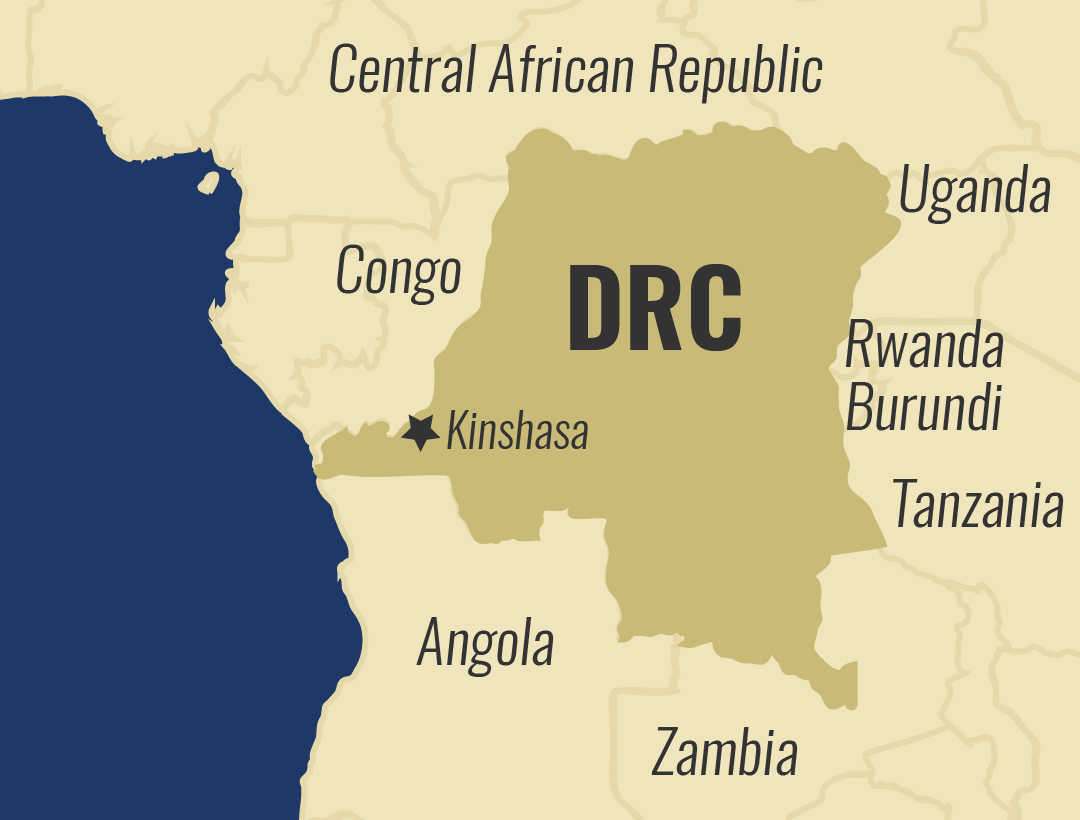Faces of Africa 03/26/2017: Maasai Cricket Warriors
Maasai Cricket Warriors’ team was founded in 2007 by Aliya Bauer, a South African researcher and cricket enthusiast.
While doing research on baboons in Laikipia, Kenya she missed her favorite sport, cricket, and so started to teach the locals the ins and outs of the game.
The locals were drawn to the sport and particularly the Morans or warriors from Il Polei and Endana villages. Sonyanga Ole Ng’ais from Endana village was among the warriors who joined the team.

“We went for training the first time. We went on like several times there after until we developed passion for the game,” recalled Sonyanga – Maasai Cricket Warriors Captain.
The warriors likened the sport to their wild activities, like hunting.
“Morans have the ideal cricket physique. They are very tall, athletic. They have a really good bowling physique. And the fact that they learn to throw a spear from a young age really makes them adapt to being good bowlers,” told Aliya Bauer – Maasai Cricket Warriors.
By 2009, many warriors had joined the team and this led to the formation of the Maasai Cricket Warriors’ team, the only Maasai cricket team in the world. The novelty of the Maasai warriors taking up the sport soon attracted media attention.
And in 2012, the team was invited to Cape Town, South Africa for the Last Man Stands world championship before heading to London two years later and in Australia in 2016.
“It was a great opportunity because it opened our eyes to view other people’s behavior, the development in other countries and also to have that experience, that feeling and the different kind of playing ground out there. And as Maasai believe, that the eye that leaves the village sees further, we gathered a lot of information and when we came back we shared it with our society,” told Sonyanga.

And to embody the truth of this Maasai saying, that “the eye that leaves the village sees further”, in the eyes of their elders, the warriors travel abroad earned them the right to an elders’ hearing.
The warriors took the rare opportunity to plead with their elders concerning the eradication of female genital mutilation and early or forced marriages for the Maasai girls.
Though not every elder was convinced, a number of them followed the warriors’ path. Sonyanga’s father, who was among the gathering of the elders, recounted the event.
“When the warriors came, they educated us (about the effects of FGM) At first we declined to change but later some got convinced. Personally I agreed to it,” told Memusi Ng’ais – Sonyanga’s father.

To some warriors the fight against female genital mutilation was personal. They had seen their sisters taken away while young and it was an unsettling issue for them.
“I used to have one of my sisters, my older sister, she used to take care of me and I really loved her because she was like my second mother. When she underwent the ‘cut’, she was married off, very young, she was very clever, very caring. It was very bad. And that’s what actually motivated me to stand up for women rights, stand up against FGM and stand up against early marriages,” told Sonyanga.
Hence with cricket in the picture the warriors became bold in addressing FGM and their fight against it was further strengthened. They use the sport as a powerful tool to fight for the girls.

As a result of this, Sonyanga’s younger sister Malawua Ene Ng’ais was saved from the cut. On realizing what the Ng’ais family had done, other families in the village followed suit.
To further reach more girls, Sonyanga founded the Maasai Ladies’ Cricket team and so many girls play cricket and get a platform to talk about FGM. The warriors enlighten the girls about the effects of FGM.
What started as a fun activity has not only taken the team beyond their village and exposed them to international cricket bodies, but has also made them advocates for social change in their community.





